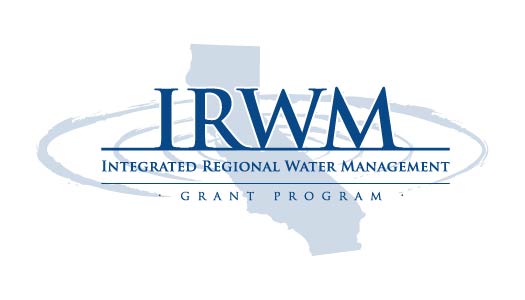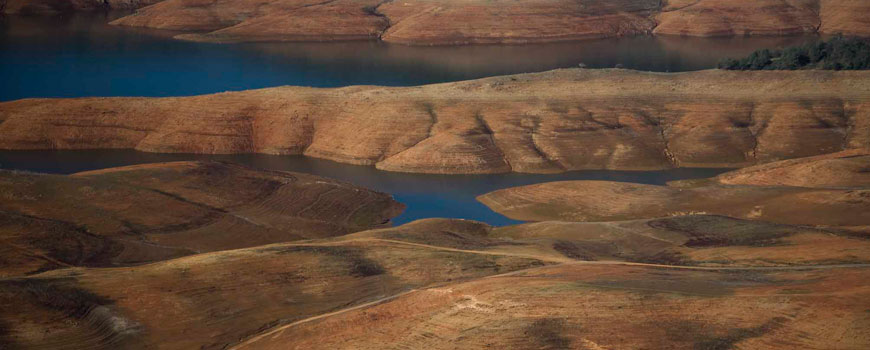Strategic Plan for the Future of Integrated Regional Water Management
DWR is developing a strategic plan for the future of Integrated Regional Water Management (IRWM) in California.
This plan will help shape the desired future for IRWM and identify measures needed for that future to be achieved.
The IRWM strategic plan will describe DWR’s future role and guide its actions for improving its support of IRWM. In addition, the plan will identify options, tools, and recommendations for others to support the practice of IRWM.
 The Strategic Plan for water management is needed to:
The Strategic Plan for water management is needed to:
- build on the current and past successes of IRWM
- further enable, empower, and support regional water management groups
- better align state and federal programs to support IRWM
- develop a shared vision for funding priorities and financing mechanisms
- inform and influence future water management policies and investments for California
“The Strategic Plan for the Future of IRWM in California is critical for ensuring the continued advancement of sustainable water resources management.” – Mark Cowin; Director, DWR
Today, DWR protects, conserves, develops, and manages much of California’s water supply including the State Water Project which provides water for 25 million residents, farms, and businesses.








 Crop water stress detection and monitoring
Crop water stress detection and monitoring








